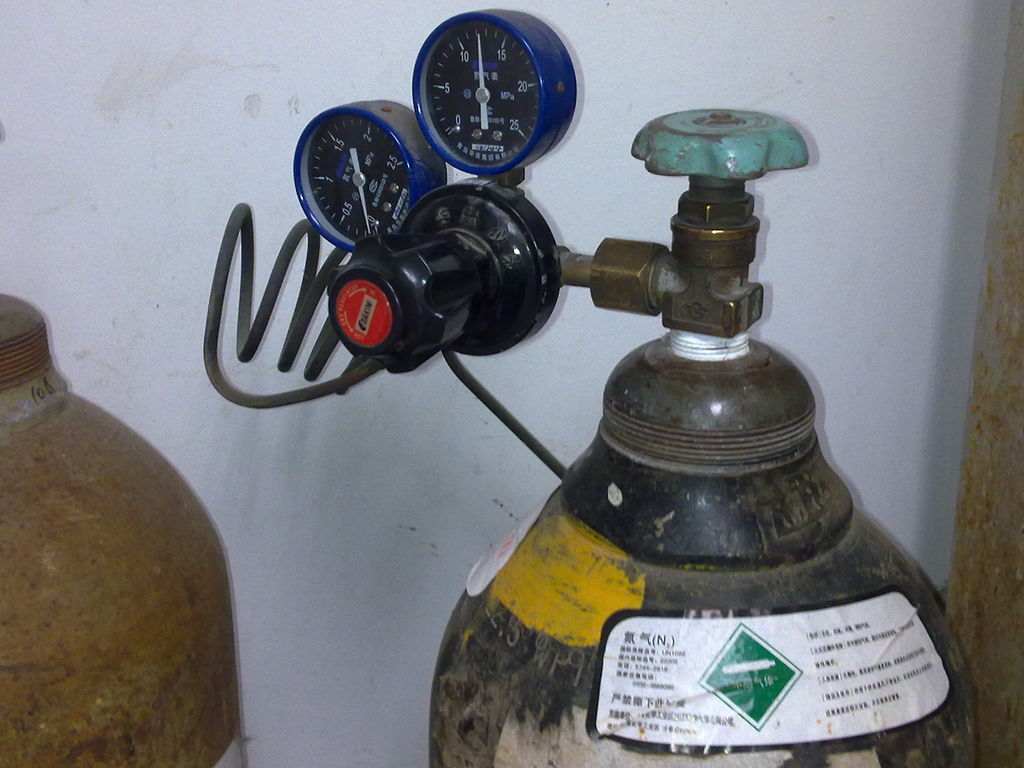Worldwide shipping
Shipping & Returns
Quality assured
Find retail locations
Expert support
For All Your Questions
Fast and secure
For All Your Questions

Photo by Seaborg, CC BY-SA 3.0
Photo: Unnerving duck, CC BY-SA 4.0, via Wikimedia Commons
No account yet?
Create an Account